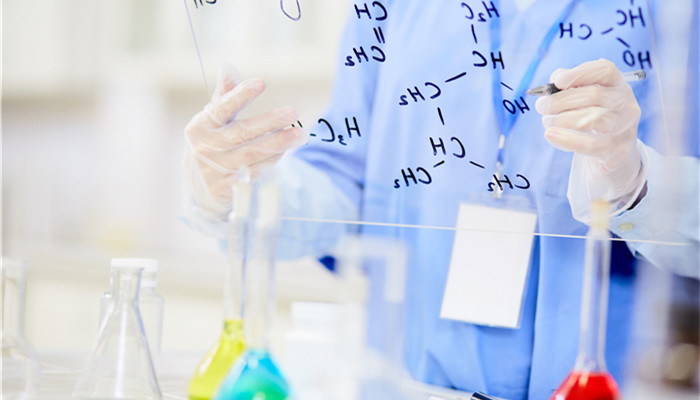
There are many types of anti-redeposition agents and the application market is constantly segmented.
Anti-redeposition agent is a special additive in synthetic detergents. Its function is to prevent the deposition of heavy metal inorganic salts and prevent stains from being redeposited on washed fabrics. Anti-redeposition agents are water-soluble and usually have a negative charge. They have good affinity with fabrics and dirt. Anti-redeposition agents can not only assist in stain removal, but also keep fabrics looking new and extend their service life. .
Anti-redeposition agents have the ability to prevent fouling and redeposition. In recent years, as research continues to deepen, the types of anti-redeposition agents have become more and more abundant. Anti-redeposition agents are mostly polymers, including carboxymethylcellulose, polyvinylpyrrolidone, polyethylene glycol (PEG), polyvinyl alcohol (PVA), polyvinylpyrrolidone (PVP), and sodium hydroxypropylmethylcellulose. (HPMC), polyvinyloxazolidinone, polyaspartic acid (PASP), etc.
Polycarboxylic acids are the most common anti-redeposition agents in synthetic detergents, but polycarboxylates are not suitable for degradation and can easily cause environmental stress. Compared with petroleum-based polycarboxylic acid anti-redeposition agents, bio-based heteropolymers have the advantages of environmental protection and renewable, low CO2 emissions, and excellent anti-redeposition properties. They are in line with the current consumption trend of anti-redeposition agents in the market. Currently, bio-based heteropolymers Based heteropolymers have become the focus of research by researchers at home and abroad.
According to the “2022-2027 China Anti-Redeposition Agent Industry Market In-depth Research and Development Prospects Forecast Report released by the Industrial Research Center , as a synthetic auxiliary, anti-redeposition agents are widely used in washing powder, laundry detergent, softener, laundry beads, fragrance beads and other fields. In recent years, with the continuous subdivision of washing and care scenes, anti-redeposition agents The market is also constantly segmented.
Anti-redeposition agents play a decisive role in synthetic detergents. In recent years, with the tightening of environmental protection policies and the upgrading of consumer attitudes, the industrial structure of synthetic detergents has gradually upgraded. The market’s environmental protection, safety, and Functionality and other requirements are constantly increasing. Against this background, the anti-redeposition agent industry is gradually developing in the direction of high efficiency, degradability, high safety, and segmentation.
In terms of manufacturing companies, my country is the world’s largest producer of synthetic detergents and has a large number of anti-redeposition agent manufacturers, including Bangpu Chemical, Weifang Xintianyuan Chemical, Guangzhou Daoning Chemical, Tuoyi New Materials, etc. From the perspective of enterprise distribution, anti-redeposition agent manufacturers are mainly distributed in Shandong, Guangdong, Zhejiang, Anhui and other regions.
Industry analysts said that as an important component of synthetic detergents, anti-redeposition agents have the ability to prevent dirt and redeposition. Our country is As a major producer of synthetic detergents, there is a large demand for anti-redeposition agents. In recent years, with the upgrading of the synthetic detergent industry structure, the market’s requirements for anti-redeposition agents have continued to increase, and the anti-redeposition agent industry has become more degradable, more efficient, and has more differentiated application scenarios.

 微信扫一扫打赏
微信扫一扫打赏

